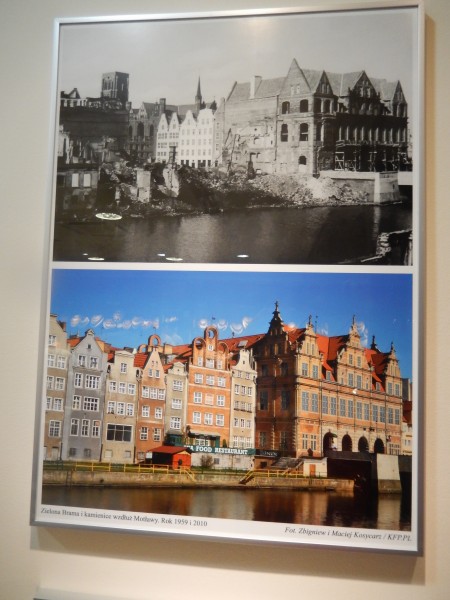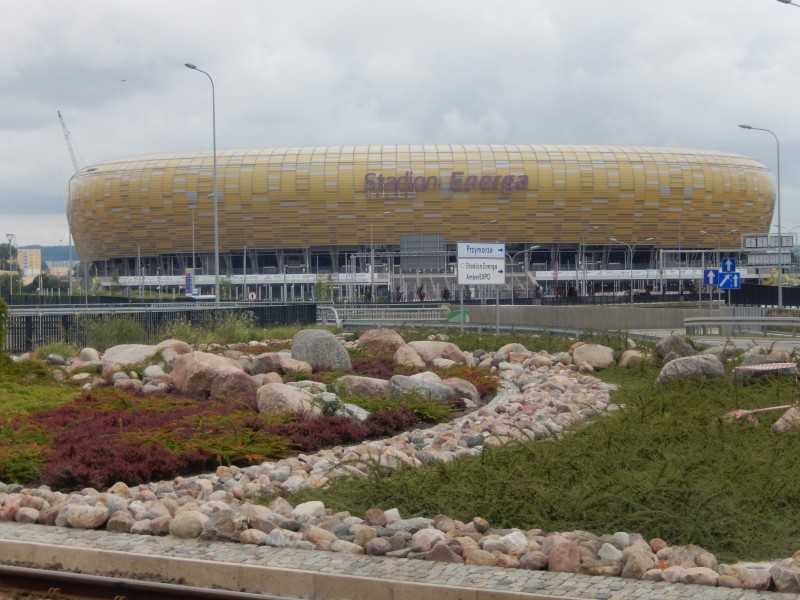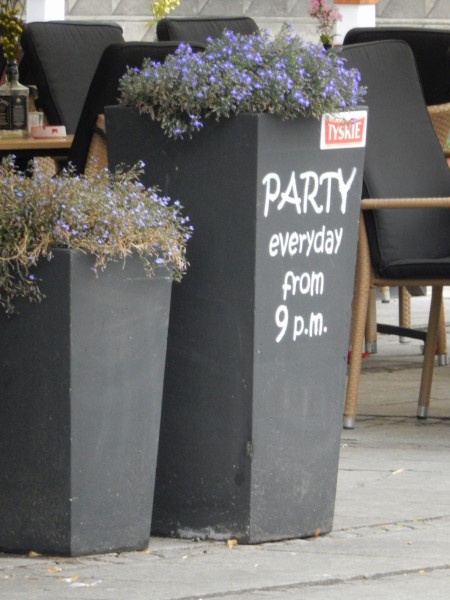I know the title is an overused pun, but I couldn’t resist.
Ninety-seven percent of Gdansk, Poland was destroyed in World War II. After the war, the city decided to rebuild itself in the old style.

This is a before-and-after picture of one small part of Gdansk. The upper portion shows the war damage and the lower portion shows the reconstruction.
In days long gone by, there was a window tax in Gdansk, so most buildings were built tall and deep. A typical building might have been 12 m wide, 70 m deep, and five stories tall to avoid paying the window tax.

The tax started after three windows, so most buildings are only two or three windows wide, but very tall and deep. It sounds dark to me.
Amber, or Baltic Gold as it’s called, is plentiful in the Baltic region and Gdansk is its capital. We had a chance to see the three kinds of amber (white, green, and yellow) and learned a simple test for real vs. fake amber. When dropped into salt water, amber, which is very light, will float; fake amber will sink. The city is so well-known for amber that the sports stadium and team color are yellow.

Go, team, go!! Amber, amber, amber!!
Gdansk was the home of Fahrenheit. Guess what he invented. Given that information, isn’t it strange that the city, as well as all of Europe, uses the Celsius scale?

Fahrenheit’s thermometer. Aren’t we glad we have smaller ones now?
On a playful note, we saw a toy museum as we walked around the city and, possibly, the city’s motto.

Not only retro toys, but a retro TV as well.

We’re gonna party in Gdansk tonight!